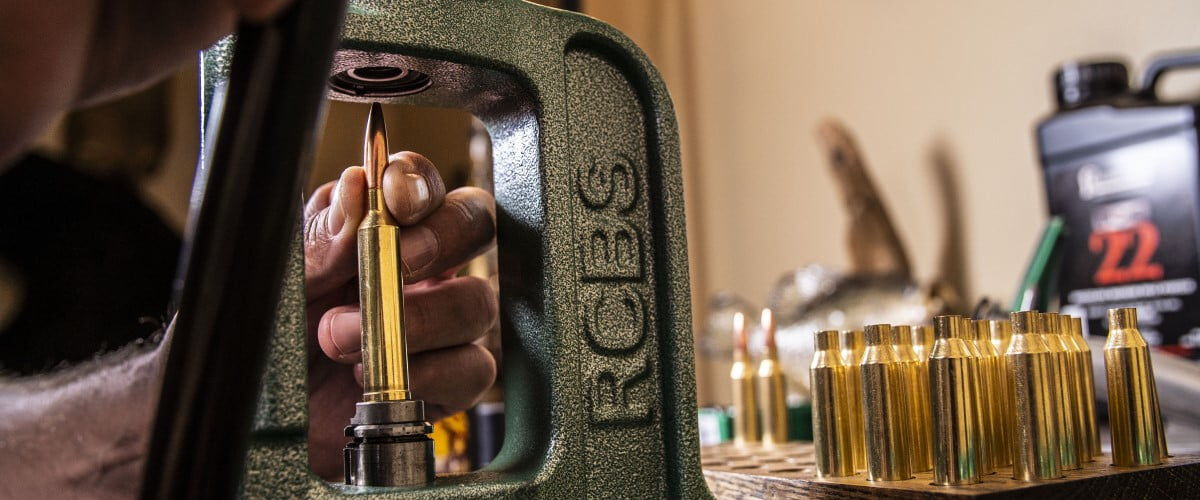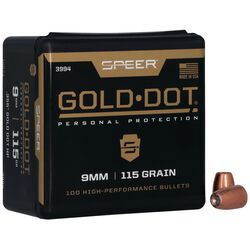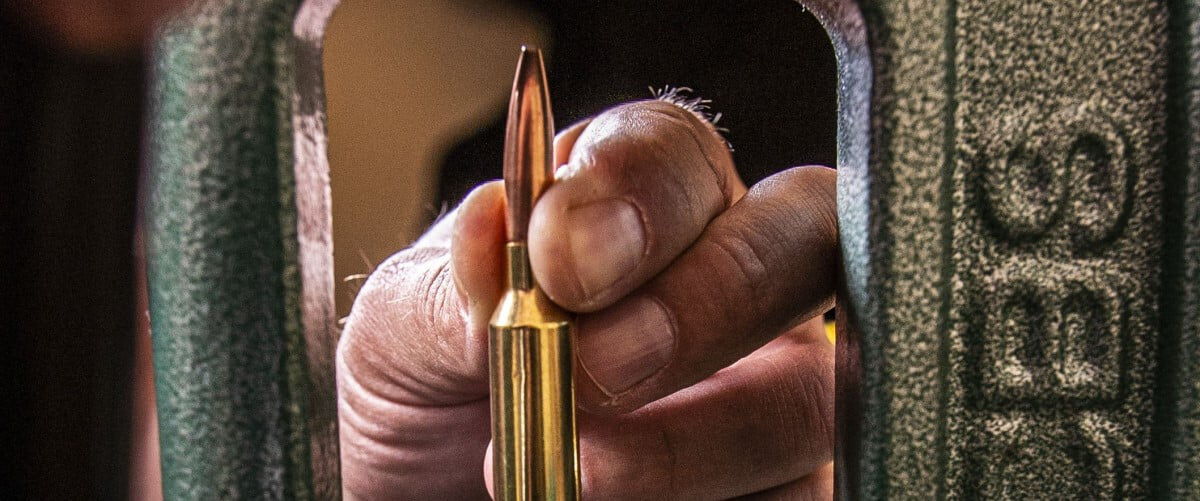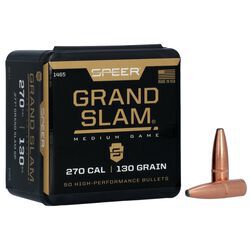
We remember it all too well. During the COVID pandemic and resulting shutdowns, ammunition was such a hot commodity that most stores saw their supplies dry up. Consumers were simply purchasing ammunition faster than manufacturers could produce it, and as a result, handloading boomed—at least among reloaders who had a good supply of components.
But insulating yourself from the whims of a changing ammunition market is hardly the only reason to start handloading. Enhanced performance, more fun, improved accuracy, better access to niche cartridges, and much more awaits those who take the plunge.
The Advantages
Primary among the benefits is the ability to customize a load to your firearm. I’ve tested enough guns to know for certain that they don’t all perform the same way with the same ammunition. If you’re really intent on wringing the most out of your gun, then handloading ammunition until you find just the right recipe will help you do so. Playing with various bullets, seating depths, powders, and so forth allows you to learn which loads work best in your gun.

Gold Dot
Handload the defensive bullet law enforcement professionals trust. Gold Dot's exclusive manufacturing process bonds the uniform jacket to the core one atom at a time, ensuring proper expansion and nearly 100 percent weight retention.
Buy NowYou can also impact the performance parameters of a firearm if you handload. For example, I like shooting big bores, but they aren’t particularly versatile in many cases—especially with factory loads. Around 1999, I picked up a 416 Rem. Magnum that was in beautiful condition, and while I planned to eventually take it to Africa, I wanted to develop a load that would make it more functional for North American game. Speer offered Mag-Tips at the time that weighed 350 grains, and while it wasn’t perhaps the most versatile North American load, it was much better than full-power 400-grain factory loads designed for hunting Cape buffalo. Handloading made that .416 a gun that was functional and more fun to shoot since I didn’t need to load the rounds to near-maximum pressures.

Handloading also allows shooters to use cartridges that don’t offer a lot (or any) of factory loads. Being able to handload means you can still develop loads for any rifle. Whether you’re shooting a 6mm PPC or a 404 Jeffery, off-the-wall cartridges are still viable and effective, but if you don’t reload, you’re limited to scant factory-built options.
Of course, reloading is also fun. Estimates vary, but when you reload centerfire hunting rifle ammunition, you save between 50 and 75 percent compared to the cost of factory ammunition, which is a substantial amount of money—especially if you shoot a lot. There is some initial up-front cost, but in a short time the money saved will offset the original equipment expenses.
Why else would you reload? Simply put, it’s fun. Developing reloads allows us to be even more involved in firearms and shooting, and it’s also a great pastime when the weather makes going to the range less than appealing.
Getting Started
There are two primary reasons why shooters don’t reload. First, they think it’s extremely complicated and requires lots of very expensive equipment. Secondly, they’re afraid it isn’t safe.

Grand Slam
With a tapered, precision-drawn jacket and a long nose, the Grand Slam bullet is engineered to blow through the thick hides, heavy bones and tough bodies of the world’s biggest game—without sacrificing accuracy.
Buy NowNeither are true. Yes, you’ll have to buy some tools and materials up front like a press, dies, powder, bullets, primers and so forth, but the cost is not prohibitive for most people. Many reloading companies sell kits that contain everything you need. If you follow proper safety procedures and don’t make mistakes like mixing up powder or exceeding maximum loads, then reloading is quite safe. A great way to learn common reloading terms and step-by-step instructions for loading your first batch of ammunition is visiting Speer’s reloading education page.
Is now the time to get started reloading? Certainly, because there’s no wrong time. Reloading allows you to take charge of your ammunition supply and customize loads that are built specifically for your rifle, all while saving money. It’s the perfect pastime while you aren’t in the field or at the range.